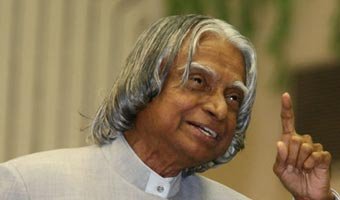January 8, 2014
NEW DELHI: More people are smoking in India now, 110 million, compared to just 74.5 million smokers over three decades back, despite smoking being recognized as the third biggest health risk for Indians and despite all the anti-tobacco and smoke-free laws.

January 8, 2014
NEW DELHI: More people are smoking in India now, 110 million, compared to just 74.5 million smokers over three decades back, despite smoking being recognized as the third biggest health risk for Indians and despite all the anti-tobacco and smoke-free laws.

While smoking prevalence among men had gone down in 2012, it remains unchanged at 3.2% since 1980 among women. In fact, India with 12.1 million women smokers in 2012, compared to just 5.3 million in 1980, had more women smoking than any other country except the US.
Though smoking prevalence among men had come down from 33.8% in 1980 to 23% in 2012, due to the growth in population, it still meant almost 29 million more male smokers in 2012. These facts were revealed in a study done by the Institute of Health Metrics and Evaluation (IHME), "Smoking Prevalence and Cigarette Consumption in 187 countries, 1980-2012. IHME is an independent global health research organization at the University of Washington that provides comparable measurement of the world's most important health problems and evaluates the strategies used to address them. The study has been published in the Journal of the American Medical Association (JAMA) in a special issue devoted to tobacco.
According to the most recent figures from the Global Burden of Disease (GBD) study, coordinated by IHME, tobacco use (excluding second-hand smoke) led to nearly one million deaths and significant health loss in India. IHME arrived at its estimates based on a wide range of data sources, including in-country surveys, government statistics, and World Health Organization data, and the estimates cover all ages.
According to the Global Adult Tobacco Survey that came out in September last year, 26% of adults in India consume smokeless tobacco — 33% of men and 18.4% of women. However, smokeless tobacco, including chewing products such as gutkha, zarda, paan masala and khaini, which is the most common form of tobacco use in India was not part of the IHME study.
The greatest risk for the population is in countries where smoking is pervasive and where smokers consume a large quantity of cigarettes. These countries include China, Ireland, Italy, Japan, Kuwait, Korea, the Philippines, Uruguay, Switzerland, and several countries in Eastern Europe. In 75 countries, smokers consumed an average of more than 20 cigarettes per day in 2012. Smokers in India consumed an average of 8.2 cigarettes per day. The number of cigarettes smoked annually has grown to more than 6 trillion.
Countries with the highest prevalence of smoking are Timor- Leste (61%), Indonesia (57%) and Kiribati (54%). The lowest prevalence is in Antigua and Barbuda (5%), San Tome and Principe (7%) and Nigeria (7.5%).
Globally, age-standardized smoking prevalence decreased by 42% for women and 25% for men between 1980 and 2012. Four countries — Canada, Iceland, Mexico and Norway — have reduced smoking by more than half in both men and women since 1980. But substantial population growth between 1980 and 2012 contributed to a 41% increase in the number of male daily smokers and a 7% increase for females. In 2012, smoking prevalence among men was higher than for women in all countries except Sweden.
There have been three phases of global progress in reducing the age-standardized prevalence of smokers: modest progress from 1980 to 1996, followed by a decade of more rapid global progress, then a slowdown in reductions from 2006 to 2012. This was in part due to increases in the number of smokers since 2006 in several large countries, including Bangladesh, China, Indonesia, and Russia.
Courtesy: TNN







































































































